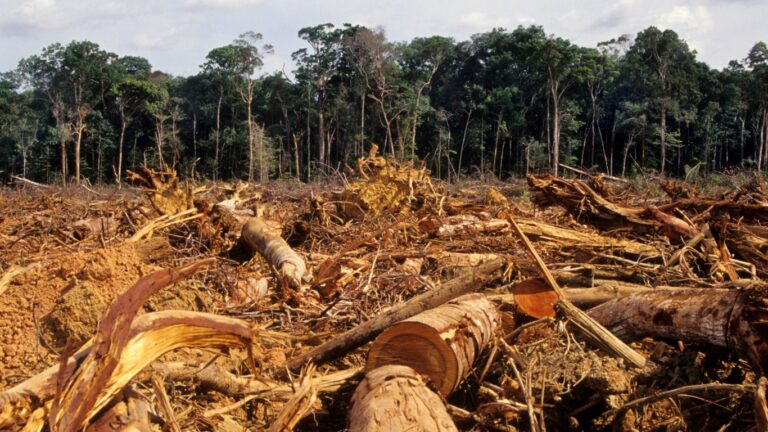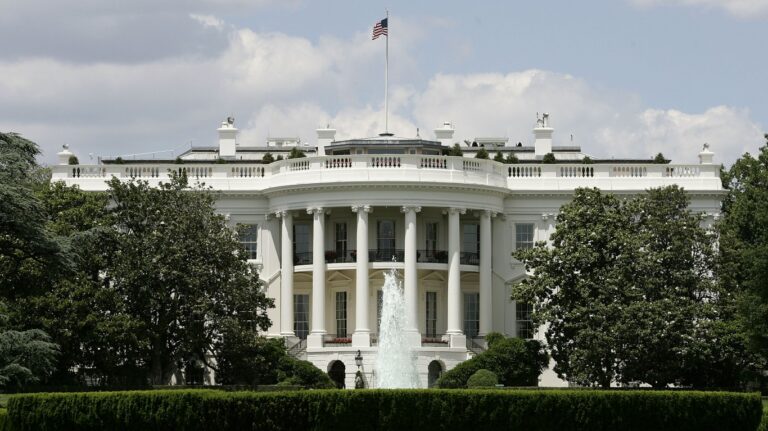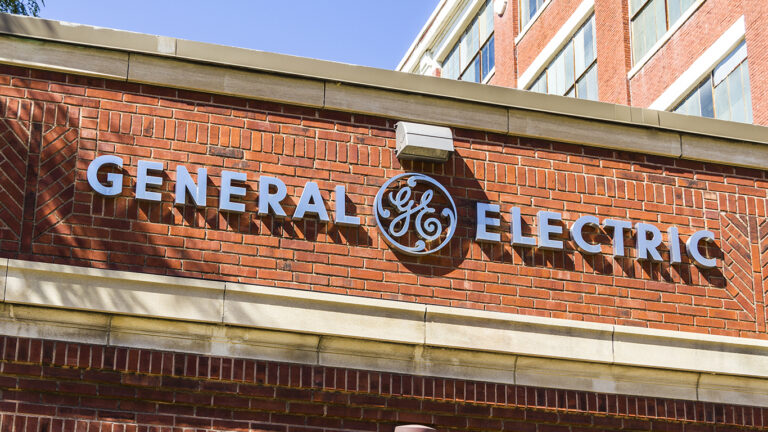Deep in the heart of Texas is … a yearning for the latest darling of the renewable energy sector

One of the huge ironies about renewables — and we mean a humongous one — is that the U.S. state that’s Ground Zero for Big Oil is also the biggest producer of wind energy and second only to California in solar power.
And now it seems likely to take a lead in what is becoming the hottest thing in renewables — geothermal energy — in which holes are drilled deep into the ground to tap the heat of the Earth’s core.
MORE ABOUT TEXAS ENERGY ISSUES: Texas Is Running Out Of Power
MORE ABOUT TEXAS ENERGY ISSUES: Strained Texas Grid A Showcase For How To Manage Renewables, And How Not To
The prediction comes after state lawmakers, in a rare display of bipartisanship, last year passed four key bills that look like paving the way for a geothermal boom, reports The Hill.
“[W]e didn’t get put into the renewable bucket, we didn’t really get put into the oil and gas bucket,” Barry Smitherman, head of the Texas Geothermal Energy Alliance and former Republican head of the state Railroad Commission (which, despite its name, regulates energy production). Instead, “we became this hybrid that was acceptable to people on both sides of the aisle,” he told the outlet.
The legislative victory comes on top of an already strong showing in the sector, with the Lone Star State in 2023 having 11 of the 27 total geothermal startups in the nation.
Part of the attraction for Texans is that the rising renewable uses a lot of the same technologies, expertise and workforce as oil and gas; in other words, drilling. In addition, unlike wind and solar, it is not subject to the vagaries of the weather, something of big concern in the state after the energy meltdown surrounding 2021’s Winter Storm Uri. In that incident, hundreds of deaths resulted from freezing temperatures and carbon monoxide poisoning from generators, and left tens of millions across the state without power for nearly a week.
The disaster caused huge divisions, with Republicans blaming the wind industry, which had 27% of its turbines freeze. Meanwhile, Democrats blamed the lack of weatherization in the natural gas industry, which lost 58% of its generation or pipeline capacity during the storm.
As Donald Trump might say: Drill, baby, drill.






